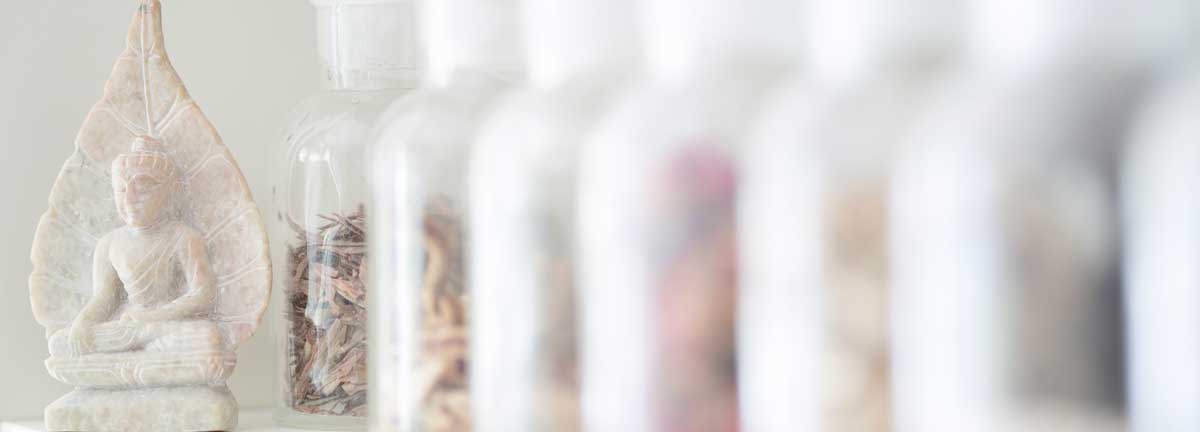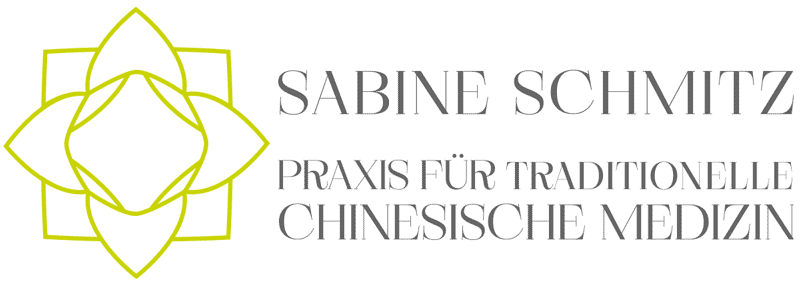
The roots of Chinese Medicine date back more than three millennia. In the mid-20th century, Chinese medicine in China was renamed “Traditional Chinese Medicine (TCM)”. TCM approaches health and illness from a unique point of view. Whereas conventional Western medicine usually identifies generalized illnesses and and treats individual symptoms, TCM’s holistic approach looks at the entire person within his or her context and rather determines illnesses and ailments within functional structures.
How does Traditional Chinese Medicine (TCM) work
In the Chinese way of thinking, a disease is not only limited to local symptoms. Besides physical phenomena any disease mirrors the entire structure of a person. These include emotions, social environment, climate and, of course, food. Traditional Chinese Medicine (TCM) considers the human being as a unity of body, spirit and soul. Thus, the physical, mental and spiritual constitution is equally important for assessing a person’s state of health.
Harmony is a very important concept in Chinese Medicine as well as in the Chinese culture. Harmony in the human body means that the body’s energetic potential (qì 气) and blood flow freely and that yīn 阴 and yáng 阳 are in harmonious balance. If this happens, all organ systems and psycho-emotional processes can work without any restriction – The individual feels well and is healthy. In case of an illness, an imbalance has occured and symptoms manifest themselves reflecting its severity and duration.
TCM often provides an effective treatment for diseases which cannot be sufficiently or sustainably treated with Western Medicine. The length and course of treatment depends on the type, severity and duration of your symptoms.
Acupuncture and Chinese Herbal Medicine
Diseases are considered as failures or blockages of the body’s energetic flow (qì) or imbalance between yīn and yáng. Acupuncture and Chinese Herbal Medicine restore the harmony of yīn and yáng and the free flow of qì in the human body.
Despite the assumption that Traditional Chinese Medicine (TCM) primarily consists of Acupuncture this is actually just a small part of TCM. The essential TCM method is Chinese Herbal Medicine. Detailed explanations of Acupuncture and Chinese Herbal Medicine can be found under treatment methods.
Other treatment methods
In addition to Acupuncture and Chinese Herbal Medicine treatment, methods such as Cupping, Moxibustion, Gua Sha or Chinese Nutritional Therapy are used. All these methods are explained to you in detail under treatment methods.
Health care (prevention)
Health care (in Chinese yǎng shēng) is another crucial part of Traditional Chinese Medicine. Sometimes yǎng shēng is also translated as health preservation, life cultivation, or life nourishment. However, prevention in terms of TCM starts before a disease manifests. If a disease has already occured, TCM can prevent exacerbation. Like any TCM treatment, TCM prevention always depends on the individual person within his or her context. Yǎng shēng‘s aim is always to “nourish life” and maintain and improve health. I will give you more information during your consultation. A patient recently referred to this as: holistic counseling and coaching.


